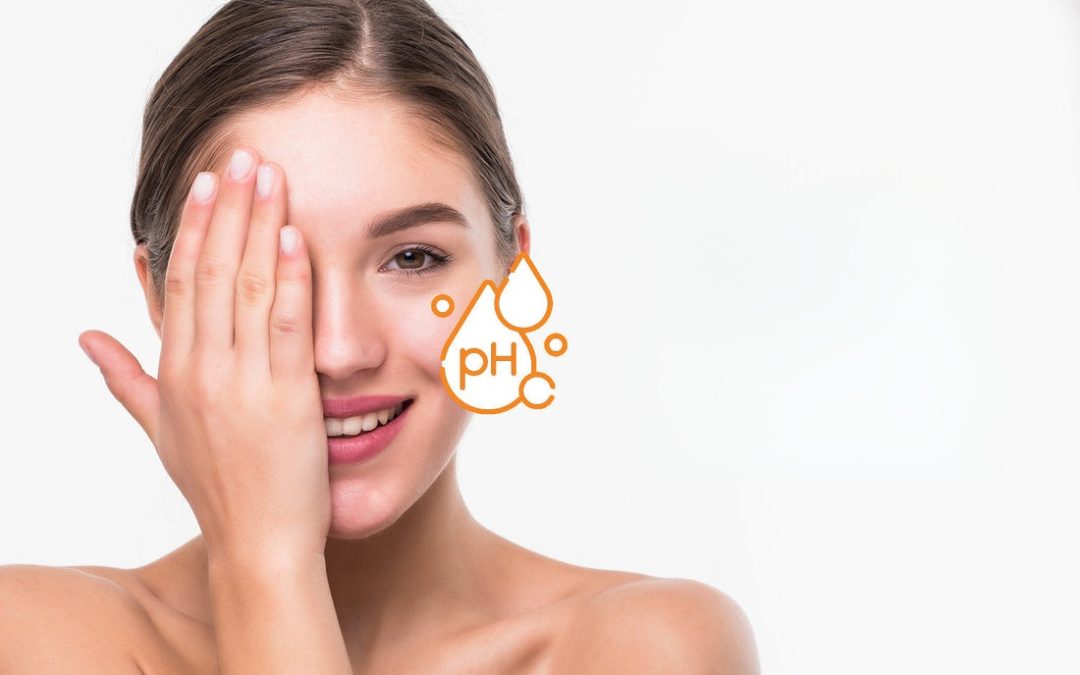Oman today_ The term pH, which stands for power of hydrogen or potential of hydrogen, refers to the measure of how acidic or alkaline a solution is. The pH scale ranges from 0 to 14, with 7 considered neutral. Values below 7 indicate acidity (for example, lemon juice has a pH of around 2 to 3), while values above 7 indicate alkalinity.
But what role does pH play in skin health?
Human skin naturally has a protective layer known as the acid mantle, composed of sebum, dead skin cells, enzymes, sweat, and lipids. This thin barrier acts as a shield, protecting the skin from environmental pollutants, bacteria, fungi, and other harmful agents. The natural pH of healthy skin usually ranges from 4.5 to 5.5, with an average of 4.7. This slightly acidic environment helps maintain the skin’s moisture, softness, and overall vitality. Any disruption in this balance—either becoming too acidic or too alkaline—can lead to skin problems.
When the skin becomes overly alkaline (higher pH), its natural oils are stripped away, resulting in dryness, roughness, and flakiness. Conversely, if the skin becomes too acidic, oil production may increase, which can lead to acne, irritation, and sensitivity. Therefore, maintaining balanced skin pH is one of the most important factors for healthy, youthful-looking skin.
How Cleansers Affect Skin pH
Cleansers usually contain surfactants that help remove dirt, oil, and impurities from the skin. However, frequent use of products with a very high pH (above 7) or very low pH (below 3) can disrupt the skin’s protective barrier. This makes the skin prone to dryness, inflammation, sensitivity, and even premature aging. That’s why it’s recommended to use cleansers with a pH close to that of the skin, around 5 to 5.5, to preserve its natural balance.
If you have normal skin, you may tolerate cleansers with a slightly higher pH, but it’s still a good idea to follow up with a pH-balancing toner to restore equilibrium. For sensitive, dry, oily, or acne-prone skin, cleansers with a pH between 4 and 6.5 are ideal.
Why Ordinary Soap is Not Recommended for the Face
Traditional soaps are highly alkaline, with a pH around 9, which makes them unsuitable for facial skin, which is naturally acidic. Using such soaps can strip the skin of its natural moisture, leading to dryness, wrinkles, and premature aging. Some medicated soaps prescribed by dermatologists, however, are formulated differently and have a more balanced pH that is compatible with facial skin.
Facial Cleansing Bars (Face Bars) – A Better Alternative
Despite their appearance, facial cleansing bars (or face bars) are not the same as soap. They are gentle cleansers with a pH close to that of the skin (around 6), designed to cleanse effectively while maintaining the skin’s natural balance. Using a face bar is especially helpful when your skin’s pH feels out of balance.
Cleansing your skin is not just about removing dirt—it’s about protecting and preserving the skin’s natural barrier. Choosing a cleanser with the right pH and following up with a pH-balancing toner can help maintain healthy, soft, and glowing skin.

